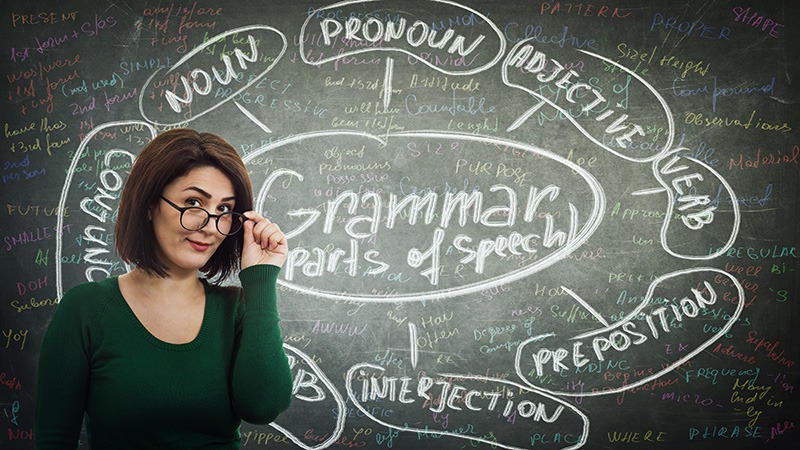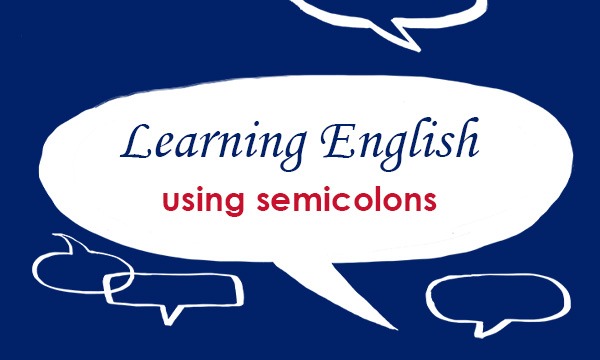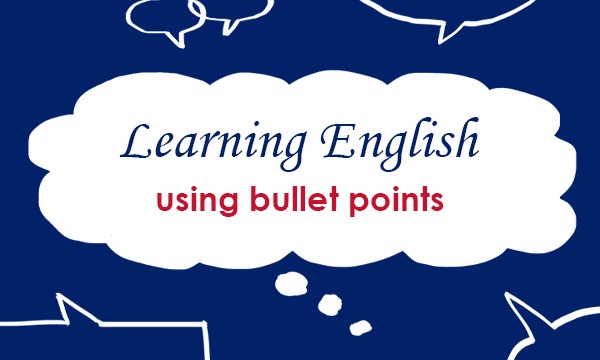
VERBS
A verb tells us about an action or a state of being. Ordinary verbs are called main verbs. For example: come, go, think, want, escape, believe. A main verb is sometimes called a ‘doing word’. A special group of verbs are called auxiliary verbs. These can be put together with main verbs to form different tenses.
I am thinking.
She has seen the film already.
I can help you.
We might need to.
NOUNS
A noun is a word that labels a thing or an idea. Nouns are sometimes called ‘naming words’. For example: table, book, happiness, time, animal, thing
PRONOUNS
If we do not want to repeat the same noun in a sentence or a paragraph we can replace it with a pronoun. A pronoun is a word that is used instead of a noun phrase or a noun.
Gary saw Sue so he asked her to help him.
Ross was hungry so he stopped at a burger bar.
ADJECTIVES
An adjective gives more information about a noun. Adjectives help us describe or pick out which particular thing among many is being referred to. Adjectives are sometimes called ‘describing words’.
They saw a tall man going into the house.
The have a new wide-screen TV.
DETERMINERS
A determiner is used to point more precisely to the person, thing, or idea that is being talked about. Examples of determiners are definite and indefinite articles and possessives.
A cat sat at the window.
Where is the book you borrowed?
My aunt is coming this evening.
ADVERBS
An adverb gives information about the way that an action is carried out or when and where it takes place. Many adverbs are formed from adjectives by adding -ly.
She ran quickly down the path.
The children laughed hysterically.
He lifted the box carefully.
Some adverbs can also be used before adjectives:
He was a rather tall man.
This cake is quite nice.
It was fairly good.
It’s a very hot day.
Adverbs can also be used to introduce a sentence:
Fortunately, the rain stayed away.
Honestly, I can’t help it.
PREPOSITIONS
A preposition is one of a small group of words that can be used with nouns and verbs. Prepositions give information about position or movement. When a preposition is used in front of a noun, the two together do the work of an adverb.
He is coming now.
He is coming in the morning.
I found him there.
I saw him near the gates.
CONJUNCTIONS
A conjunction joins two or more nouns or clauses to each other. Conjunctions are sometimes called ‘joining words’.
I went to the shop and bought some bread.
I bought some bread, but I forgot to get the milk.
Many words can act as more than one part of speech. It is not unusual for an English word to be a noun in one sentence and a verb in another sentence.
Jamal scored several runs.
She runs half a mile each morning.
I’ve been chosen for the school play.
Christopher and Angus play golf together on Fridays.
For further information on English Grammar, visit: https://grammar.collinsdictionary.com/easy-learning
Come back for other blogs on using English in everyday situations:
https://blog.collinsdictionary.com/language-learners/learning-english
All opinions expressed on this blog are those of the individual writers, and do not necessarily reflect the opinions or policies of Collins, or its parent company, HarperCollins.



